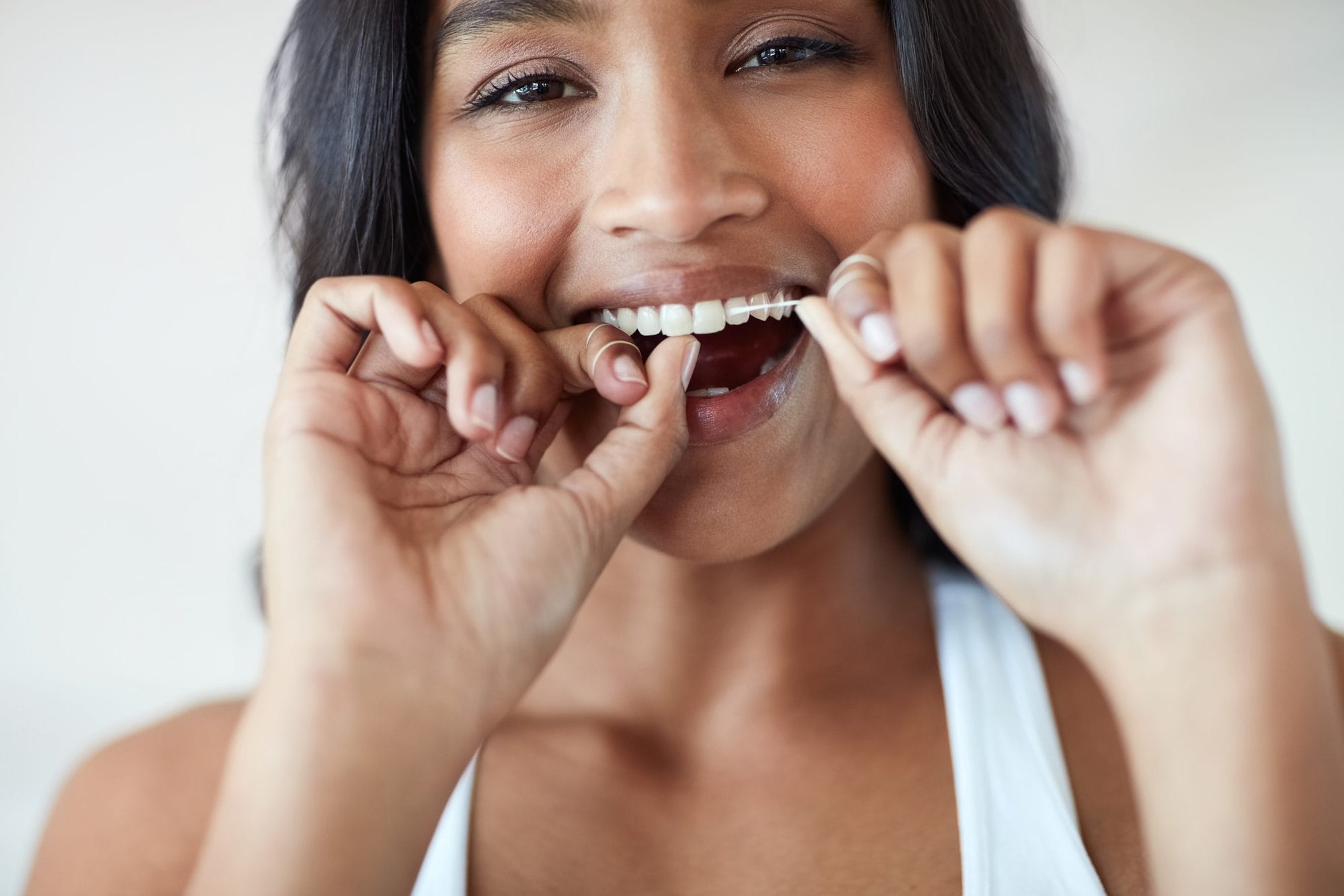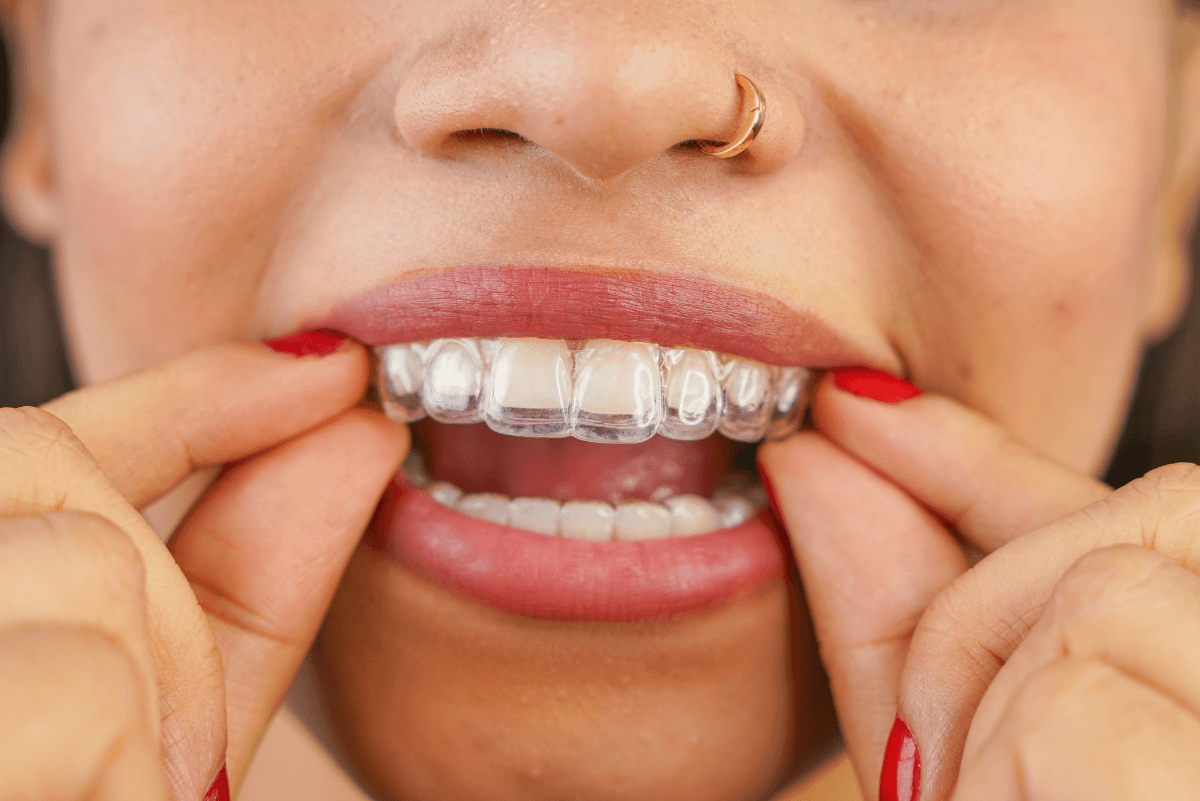Have you ever stood at your bathroom sink wondering whether to brush or floss first? It’s one of the most common questions we hear at Eau Claire Park Dental and one that has a more nuanced answer than you might expect.
Spoiler: Yes, the order can make a difference, but it also depends on your routine, your tools, and your specific oral health needs.

TL;DR: Floss First, Brush Second (Here’s Why)
Flossing before brushing removes plaque and debris, allowing fluoride to reach between your teeth more effectively. Studies support this order for better plaque reduction. If you use a Waterpik, use it before brushing. Want personalized guidance? Book a hygiene visit with our team.
The Common Debate: Brush or Floss First?
Most people fall into one of two camps:
🪥 Brush-first believers like the “clean” feeling of toothpaste and want to finish with minty-fresh breath.
🧵 Floss-first fans feel it makes brushing more effective by loosening debris and plaque first.
Both approaches are better than skipping either step. But if you want to maximize your results and protect your teeth long-term, research and experience point to flossing first—then brushing.
What the Research Says
Studies have explored this very question. One randomized controlled clinical trial found that flossing before brushing resulted in significantly greater interdental plaque reduction than brushing first. Why? Flossing helps dislodge plaque and food particles, allowing the fluoride in your toothpaste to reach more surfaces when you brush afterward.
What About the Waterpik?
The Waterpik (or water flosser) adds another layer to the routine. It’s especially helpful for people with crowns, bridges, braces, or tight contacts between teeth. If you’re wondering how it compares to flossing, this post compares both methods.
As for the order, Dr. Graas answers this clearly in her video.
▶️ Watch: Which Order Should You Brush, Floss, Waterpik?
Your Go-To Routine (Simple + Effective)
Here’s the general routine we recommend for most adults with healthy teeth and gums:
- Floss to dislodge food and plaque between teeth.
- Waterpik to flush everything away.
- Brush to clean and strengthen enamel. Use a soft-bristled electric toothbrush and a mineral-rich, fluoride toothpaste like CTX4 5000.
Skip rinsing: Spit, but don’t rinse! This helps active ingredients stay on your teeth longer for better protection.
Tailoring the Sequence to Your Needs
At Eau Claire Park Dental, we tailor oral hygiene routines to your individual health. Here’s how to adjust based on common scenarios:
→ Sensitive Gums or Early Recession:
Use soft or waxed floss first, follow with your Waterpik on the lowest setting, and finish with an ultra-soft electric toothbrush.
→ Braces, Implants, or Crowns:
Start with flossing using an orthodontic or implant tip, then use a Waterpik to flush debris. Brush last to polish surfaces.
→ Busy Mornings or Late Nights:
Short on time? A quick floss + brush combo is better than skipping floss altogether. Consider pocket flossers as an alternative.
Not sure what’s right for your oral health? Book a hygiene appointment. We’ll walk through a routine that works for your needs and lifestyle.
Common Mistakes to Avoid
Even with the right tools, small mistakes can add up. Here are a few we often see—and how to fix them:
- Flossing incorrectly: Snapping floss into the gums can cause injury. Guide the floss gently in a C-shape along each tooth.
- Using too much Waterpik pressure: Start low and increase gradually. Too much pressure can irritate the gums or cause bleeding.
- Brushing too hard: Aggressive brushing or hard-bristled brushes can wear enamel and irritate gums. Use a soft brush with light, circular motions.
Want to make sure you're flossing correctly?
▶️ Watch: Learn how to properly floss with Mark, one of our dental hygienists!
Support Your Smile with the Right Tools and Advice
At Eau Claire Park Dental, we emphasize prevention. Small habits, like the order of your routine, can make a big difference over time, especially when combined with regular professional care.
Consistency matters most. Brushing and flossing now and then won’t cut it. Your oral health depends on what you do daily.
If you're due for a cleaning or want expert guidance on your home care routine, request an appointment. Our team is here to help you feel confident in your oral care.



